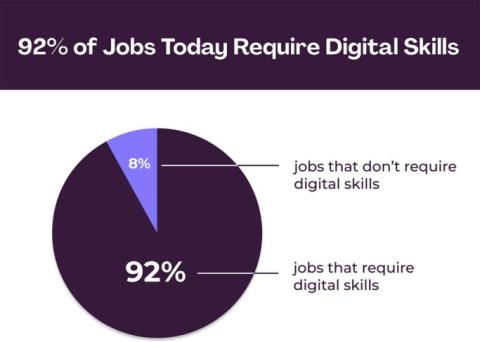How to Show Appreciation on Sysadmin Day 2024
Before you know it, Sysadmin Day will be here again! As we all know, sysadmins (sometimes written SysAdmins) play a critical behind-the-scenes role in keeping technology up and running smoothly. However, they often go unappreciated until something goes wrong. That’s why System Administrator Appreciation Day serves as the perfect opportunity to recognize the sysadmins that work tirelessly day in and day out to support your organization.








